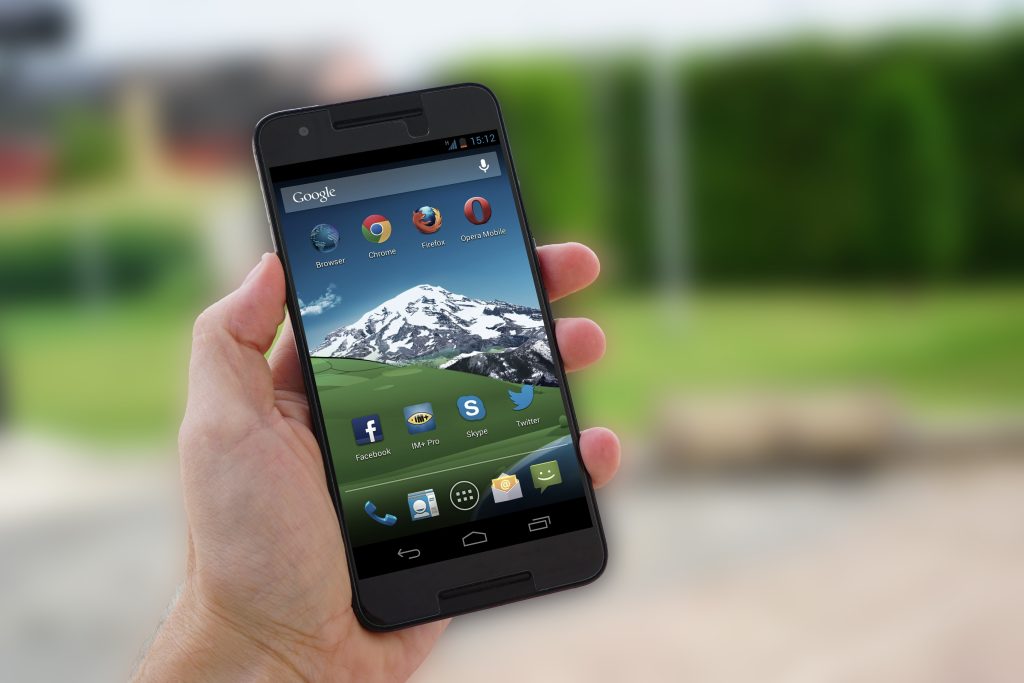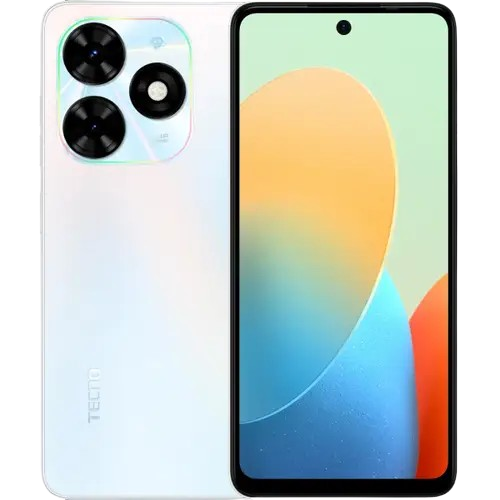Windows Phones, a product of Microsoft’s foray into the mobile market, held a distinctive position in the smartphone landscape. Introduced in 2010 as Windows Phone 7, Microsoft aimed to provide an alternative to the dominant iOS and Android platforms. Windows Phones featured a unique and vibrant tile-based interface known as Metro (later rebranded as Modern UI), offering a refreshing departure from the icon grid layout.
Despite innovative design principles and smooth animations, Windows Phones faced challenges in gaining significant market share. The platform underwent several iterations, with updates like Windows Phone 8 and Windows 10 Mobile, attempting to refine user experience and compatibility across devices. Microsoft’s integration of its services, such as Office and OneDrive, brought productivity advantages, particularly for business users.
However, the Windows Phone ecosystem struggled with a lack of app support compared to its competitors. Major app developers were initially hesitant to invest resources in developing for a platform with a smaller user base. This app gap hindered the platform’s growth, limiting its appeal to a wider audience.
In 2017, Microsoft announced the discontinuation of Windows Phone hardware and software development, signaling the end of an era for the platform. Existing devices continued to receive support, but the focus shifted toward integrating Microsoft services on iOS and Android.
While Windows Phones didn’t achieve the market success of iOS and Android, they left an impact on design and user interface paradigms. The distinctive tile-based interface influenced design trends and contributed to the evolution of UI principles across multiple platforms. Windows Phones remain a part of technology history, representing Microsoft’s attempt to diversify the smartphone ecosystem and create a unique user experience.










